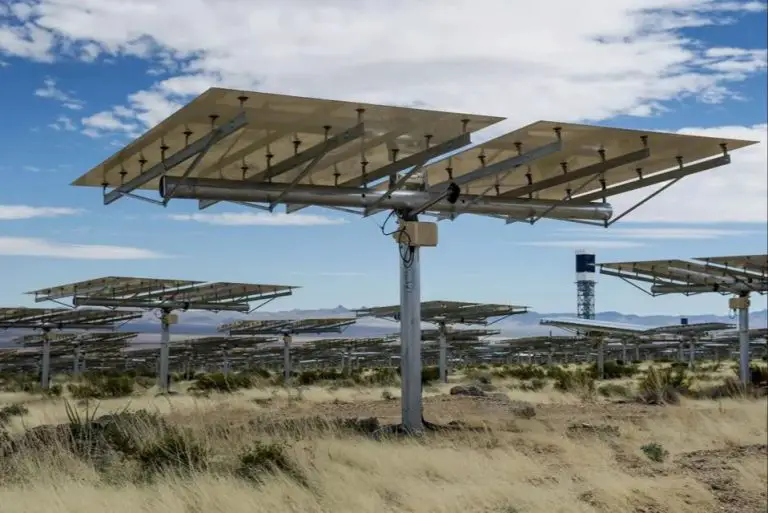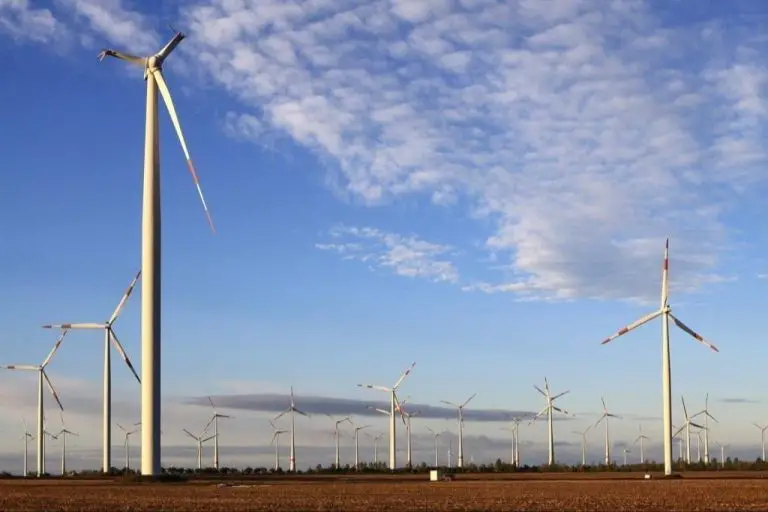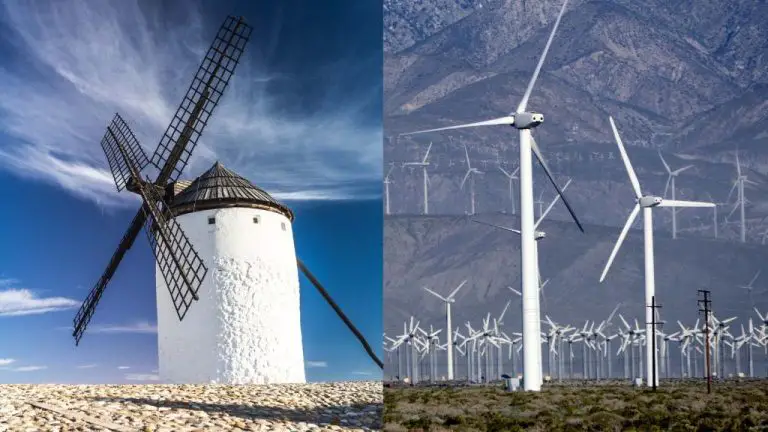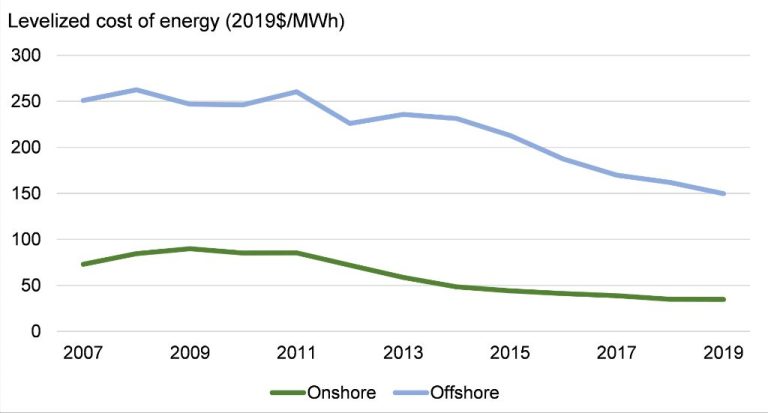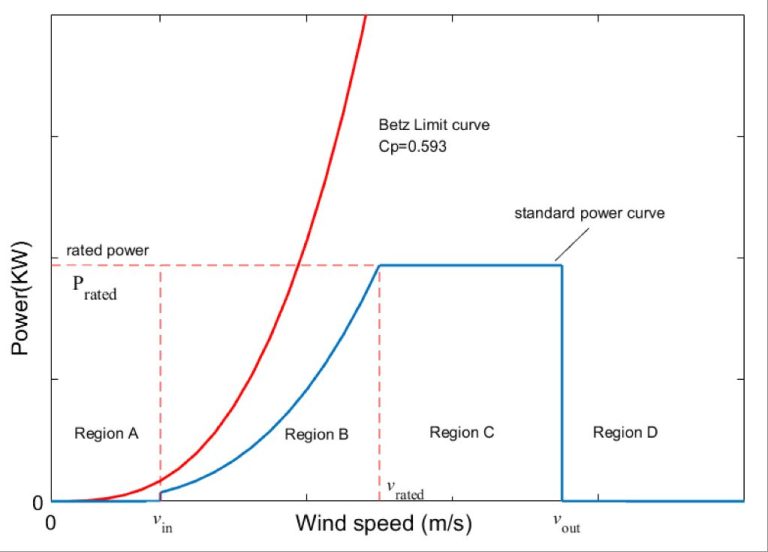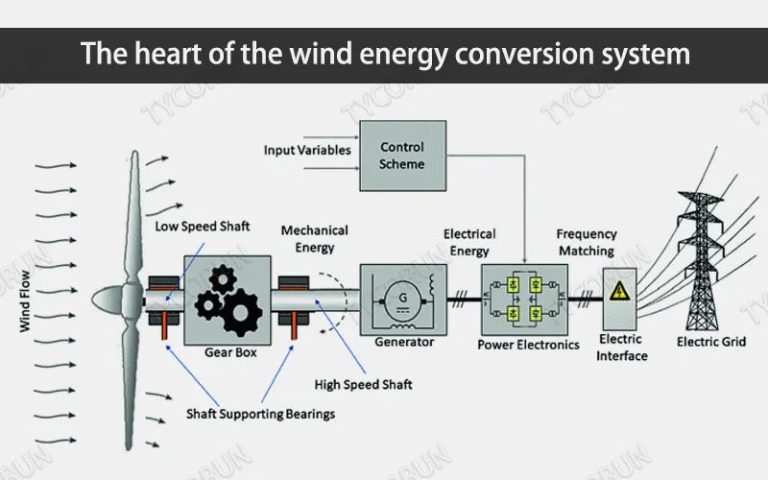Where Are Most Wind Turbines Located?
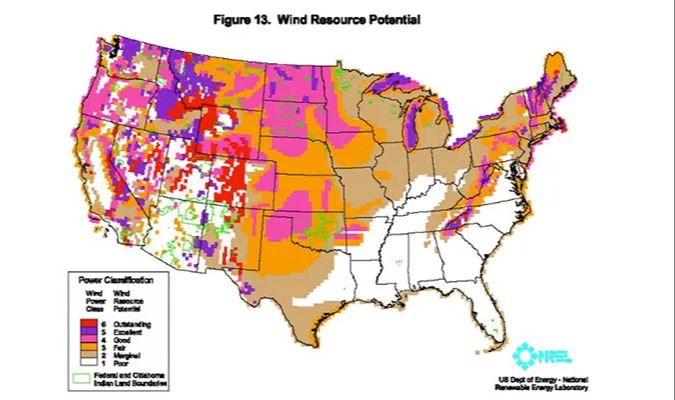
Wind power is one of the leading renewable energy sources in the world today. Wind turbines harness the power of the wind and convert it into electricity. Wind turbines typically consist of a tower, generator, blades, and electronic components. As the blades rotate from the wind, they spin a shaft connected to a generator that produces electricity. Modern wind turbines can be onshore (located on land) or offshore (located in bodies of water).
The use of wind power has grown substantially in recent decades as countries seek cleaner energy alternatives. According to Global Wind Energy Council, global wind power capacity reached 837 GW by 2021, meeting around 10% of global electricity demand. With continuing advancements in wind turbine technology and supportive government policies, wind power capacity is projected to grow worldwide.
History of Wind Power
Humans have been harnessing the power of the wind for thousands of years. The earliest known use of windmills dates back to Persia as early as 500-900 AD. These early windmills were vertical axis designs that looked like large paddle wheels. The concept began to spread across the Middle East and Central Asia, and later made its way to Europe.
By the 12th century, European crusaders returned from the Middle East with knowledge of windmill technology. The Dutch refined the designs and adapted them for draining lakes and marshes in the Rhine river delta. The Dutch-style windmills, known for their horizontal axis design and four blades, became an iconic sight across Northern Europe and enabled the Netherlands to become the most technologically advanced area at the time.
Over the next few centuries, windmills were adapted for purposes like pumping water and grinding grain. Windmills became one of the major foundations for the Industrial Revolution, providing mechanical power to complement steam engines.
Modern Wind Turbines
Modern wind turbines utilized today are predominantly horizontal axis wind turbines. These have three main components: a tower, nacelle, and rotor blades. The tower is typically made of tubular steel or concrete and houses the nacelle and rotor high up where wind speeds are faster.
The nacelle sits atop the tower and contains the key mechanical components of the turbine, including the gearbox, drive train, generator, yaw system, and braking system. The turbine is oriented into the wind by rotating the nacelle with the yaw drive. Inside the nacelle, the gearbox steps up the rotational speed from the rotor to turn the generator, which then converts the mechanical energy of the spinning rotor into electrical energy.
Attached to the front of the nacelle are the rotor blades, often composed of fiberglass reinforced polyester or wood-epoxy. Most modern turbines have three blades for optimum efficiency. The rotor spins when hit by the wind, causing the blades to rotate slowly (15-20 rpm), which gets converted to a faster rotation by the gearbox to generate electricity. Blade pitch control can adjust the angle of attack to control rotor speed. A braking system provides overspeed control.
Global Wind Power Capacity
Globally, wind power capacity has grown substantially over the past two decades. According to the Global Wind Energy Council (GWEC), the total installed wind power capacity worldwide reached 743 GW by the end of 2019, up 9% from 2018. This represents a nineteen-fold increase from 2000, when global wind capacity stood at just 39 GW.
As of 2019, the top countries for installed wind power capacity are China, the United States, Germany, India and Spain. China leads with over 236 GW, accounting for nearly one-third of total global capacity. The US ranks second with over 105 GW. Germany comes in third with over 61 GW of wind power capacity. India and Spain round out the top 5 with 38 GW and 27 GW respectively (Countries at the Forefront of Renewable Energy).
The transition to renewable energy continues to accelerate globally. According to projections from the International Renewable Energy Agency (IRENA), total installed wind power capacity could reach over 2,110 GW worldwide by 2030 under planned policies and best-case scenarios. This represents a 184% increase over 2019 capacity levels.
Prime Locations for Wind Farms
When determining locations for wind farms, some key factors come into play. Onshore vs. offshore placement is one major consideration. Offshore wind farms located in bodies of water generally experience stronger and more consistent wind than those on land. However, offshore turbines are also substantially more expensive to build and maintain (1).
Other factors impacting ideal placement of wind farms include average wind speed, proximity to transmission infrastructure, site accessibility, environmental impacts, and regulations. The central corridor of the United States from North Dakota down through Texas tends to have consistently high winds, making states like South Dakota, Nebraska, Kansas, Oklahoma, and Texas prime candidates for wind farms (2).
Offshore, coastal areas in states like Massachusetts, New Jersey, and California also offer high wind potential. Generally, open areas devoid of forests or urbanization and close to existing transmission lines are preferable (3). Additionally, placement must account for impacts on wildlife as well as local community concerns.
Sources:
(1) https://www.perchenergy.com/blog/energy/renewable-wind-energy-explained
(2) https://kuscholarworks.ku.edu/bitstream/handle/1808/27650/gis_day2018_student_schmidt.pdf?sequence=1&isAllowed=y
(3) https://www.nature.com/articles/s41598-023-47149-x
Top Wind Energy Producing States in the U.S.
The United States is one of the global leaders in wind energy production, with over 120,000 wind turbines operating across 41 states as of 2021. According to the U.S. Energy Information Administration, wind power accounted for more than 9% of total utility-scale electricity generation in 2021.[1] However, wind energy production is heavily concentrated in a handful of states with optimal conditions for harnessing wind power.
The top 5 states for installed wind power capacity in 2022 are:[2]
- Texas – 32,000 MW
- Iowa – 13,000 MW
- Oklahoma – 9,000 MW
- California – 6,000 MW
- Kansas – 6,000 MW
Texas leads the country by a significant margin, with over 3 times more installed wind capacity than Iowa, the second highest state. In fact, if Texas were a country, it would rank 5th in the world for wind power capacity.[3] The state’s ample flat rural land and consistent wind speeds make it prime real estate for wind farm development. Iowa similarly benefits from ideal conditions, with wind speeds averaging 8.9 mph at turbine height. [2]
Other major wind power states like Oklahoma, California, and Kansas have also leveraged their natural wind resources to expand renewable energy production. Overall, wind power will continue growing in states with favorable conditions as utilities and corporations seek clean energy sources.
[1] https://www.weforum.org/agenda/2022/04/us-wind-electricity-generation-renewable-energy/
[2] https://www.inspirecleanenergy.com/blog/clean-energy-101/which-states-produce-the-most-wind-energy
[3] https://neo.ne.gov/programs/stats/inf/205.htm
Factors Influencing Turbine Placement
Some of the primary factors that determine ideal locations for wind turbines include wind speeds, land availability, and regulations.
Wind speeds are one of the most important considerations, as turbines require constant moderate to high wind velocities to effectively generate electricity. Areas along coastlines, on hills or ridges, and in plains are often good candidates. According to a report by UNB Emera, “The vast territory of meadows and arable land offers ideal conditions for wind turbines” in certain regions due to consistent wind patterns (https://emi-ime.ca/wp-content/uploads/2020/02/UNB_Cao_Smart_-Microgrid_Solutions.pdf).
The availability of open, flat land is also a key factor, as large wind farms require substantial space for numerous, widely-spaced turbines. Remote or rural areas are frequently selected to provide sufficient room. Regions with high population densities or protected lands are generally avoided.
Local zoning laws and regulations play a role as well, either encouraging or restricting wind farm development. As discussed in an article from Landsvirkjun, “Regulatory Environment for Wind Power Must Be Simplified” in certain areas to enable further growth (https://www.landsvirkjun.com/news/regulatory-environment-for-wind-power). Regulations balance renewable energy goals with environmental impacts.
Community Considerations
Communities often raise concerns about noise, views, and environmental impact of wind turbines when new wind farms are proposed.
Noise from wind turbines mostly comes from mechanical sounds and the interaction between turbine blades and wind currents. Modern wind turbines are much quieter than older models, but low-frequency noise can still travel long distances and be audible for nearby residents (https://en.wikipedia.org/wiki/Renewable_energy_debate). Proper siting and setback requirements from homes can help mitigate noise.
The views and aesthetics of wind turbines are subjective, but some find them intrusive on landscapes and natural scenery. Careful consideration of turbine height, spacing, color, and lighting can help reduce visual impact. However, many consider wind turbines majestic and see their rotation as graceful.
Environmental concerns such as birds and bats colliding with turbine blades can be managed through impact assessments, radar monitoring systems, and curtailing operations during peak migration. Overall, wind energy’s environmental footprint is far less damaging than fossil fuel alternatives (https://www.smh.com.au/national/wind-farm-complaints-continue-to-dwindle-latest-annual-report-shows-20200908-p55tj3.html).
Thoughtful community engagement, responsive project development, and fair compensation for localities can often address objections and build acceptance for wind projects.
Future Outlook
The future looks bright for wind energy. According to the U.S. Department of Energy, wind power capacity is projected to grow substantially in the coming decades. They estimate wind power could provide 20% of U.S. electricity by 2030 and 35% by 2050 (Renewable Institute, 2022). This growth will be driven by technological improvements allowing turbines to capture more energy at lower wind speeds and be built in new locations.
Advances in turbine design, materials, and control systems will enable larger rotors and hub heights. New offshore floating turbine foundations will allow wind farms to be built further from shore in deeper waters with stronger, more consistent winds. Continued cost reductions will make wind power more economically competitive with fossil fuels.
With supportive government policies and public sentiment toward renewable energy, wind power is poised to play a major role in building a clean energy future and mitigating climate change.
Conclusion
In summary, the growth of wind power demonstrates how essential renewable energy sources are for meeting society’s energy demands in a sustainable manner. Wind turbines are strategically placed in windy areas worldwide because the economics and logistics make the most sense in those locations. While wind farms face some opposition related to noise, views, and land use, they provide affordable clean energy with minimal environmental impacts. As technology advances and governments encourage renewable energy development, wind power will likely continue rapid growth and play a key role in the clean energy transition.
Understanding where and why turbines are located provides insights into the future of electricity generation. Wind power is clean, increasingly cost-competitive and quickly scalable, making it vital for mitigating climate change and building energy independence. With thoughtful siting and community engagement, wind farms can co-exist with minimal disruption to landscapes or quality of life. The proliferation of wind turbines across prime global wind belts illustrates the viability of wind as a renewable energy source.

